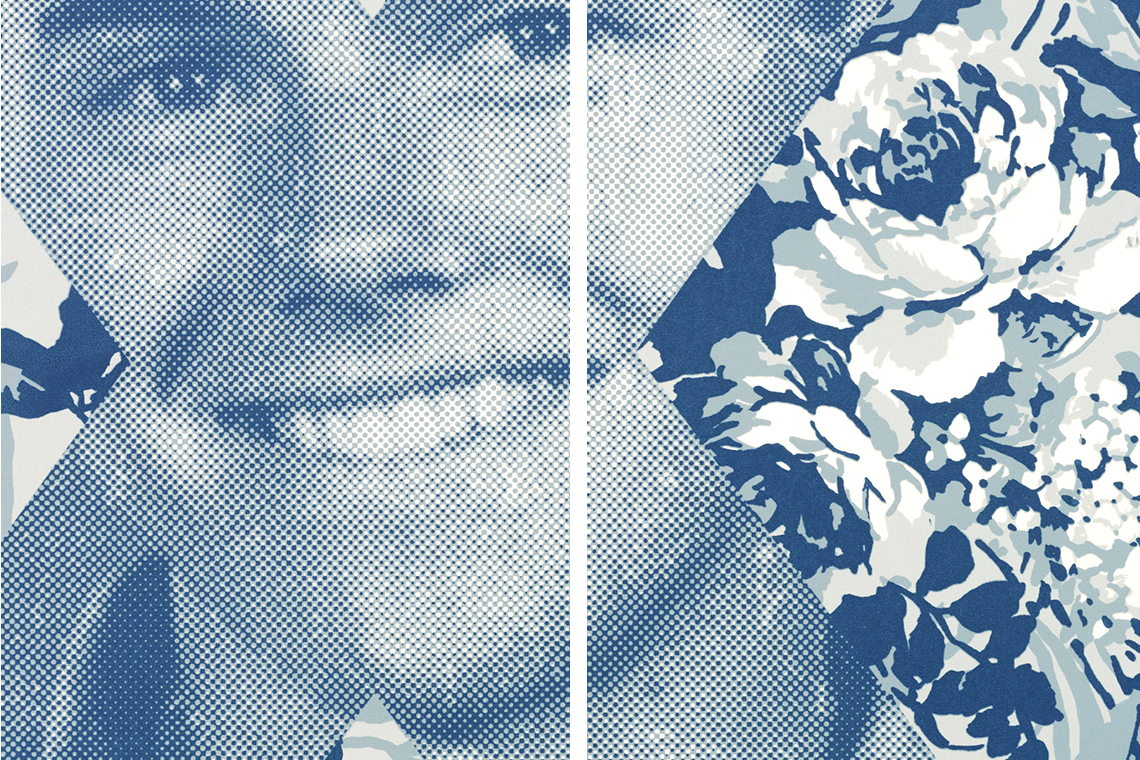
Masculine Decoys
In 1919, there was a sex scandal in Newport, Rhode Island involving men from the Navy. Ervin Arnold, a naval machinist, discovered that local civilian homosexuals regularly made contact with one another and with Navy personnel. These men were having secret parties that involved sexual activity, liquor, cocaine and cross-dressing. Arnold launched an investigation seeking to purge the Navy of fairies and vice. He selected a private team of … field agents. Groomed for their youth and beauty, Arnold sent his young men into the Newport wilds. They were tasked with rooting out the fairies: each was to approach suspicious individuals and, if consent was given, allow said individual to display their homosexuality.
It worked. Arnold court-martialed 15 sailors based on his agents’ freely-voiced testimony. Keep in mind – these agents weren’t gay, there were just following orders, acting as masculine decoys to entrap men into sex. Although these decoys engaged in sexual activity with other Navy men their actions were not deemed homosexual, as they didn’t assume a female role in the investigation. So – what constitutes being gay? How do you know a fairy when you see one? What codes of communication are exchanged to seduce other sailors to engage in sex?
My work in progress, Masculine Decoys, consists of portraits of Navy sailors silkscreened with decorative floral patterns. These patterns act as a form of camouflage, concealing the decoys with a lattice of navy blue flowers. The silkscreens also incorporate designs from naval signal flags and pennants, an alphanumeric code that was used to create unique visual communications. Even in the days of radio and satellite communication the U.S., Navy relied on alphanumeric signal flags and pennants for visual signaling; these signal flags allowed vessels to communicate while maintaining radio silence.
This expanding series of silkscreens asks the viewer to examine portraits of men and determine what codes or visual signals are being communicated. Are these men fairies or decoys? Can we assume to know someone’s sexuality based on appearance or body language? The job isn’t easy. Even Arnold, a seasoned veteran, could only narrow it down to 90%. For training, consider how an institution produces a person. Recall how the namer defines the named. Remember, the judicial system of this country was founded on the belief that all men are innocent until proven gay.
My subjects acquire new identities, but hold onto a trace of their formal lives. My images grapple with the interplay between subject and context. Like the various communities of men mustered and stationed far from home in the Great War, I have exiled my subjects. As the Newport Scandal revealed, however, you cannot exile an identity.
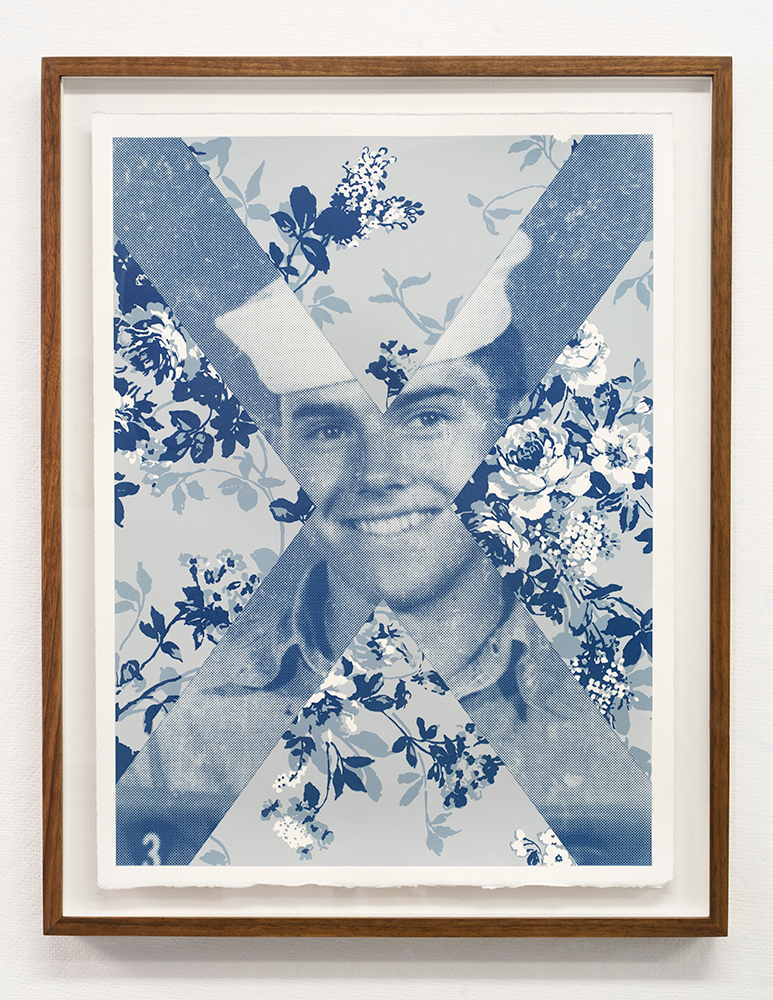
Masculine Decoy (Mike), from the series Masculine Decoys. © Ryan Arthurs, 2017.
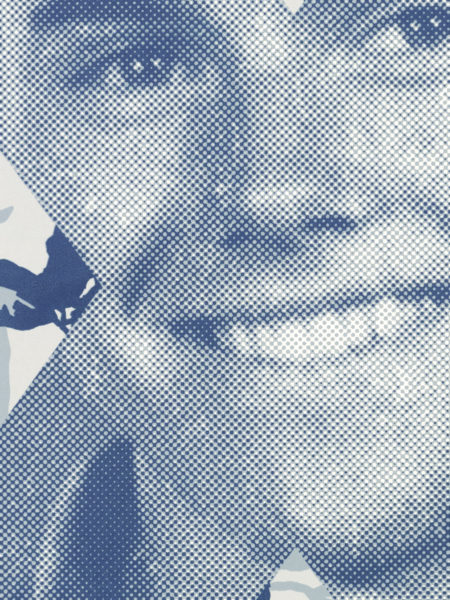
Masculine Decoy (Mike) [detail], from the series Masculine Decoys. © Ryan Arthurs, 2017.
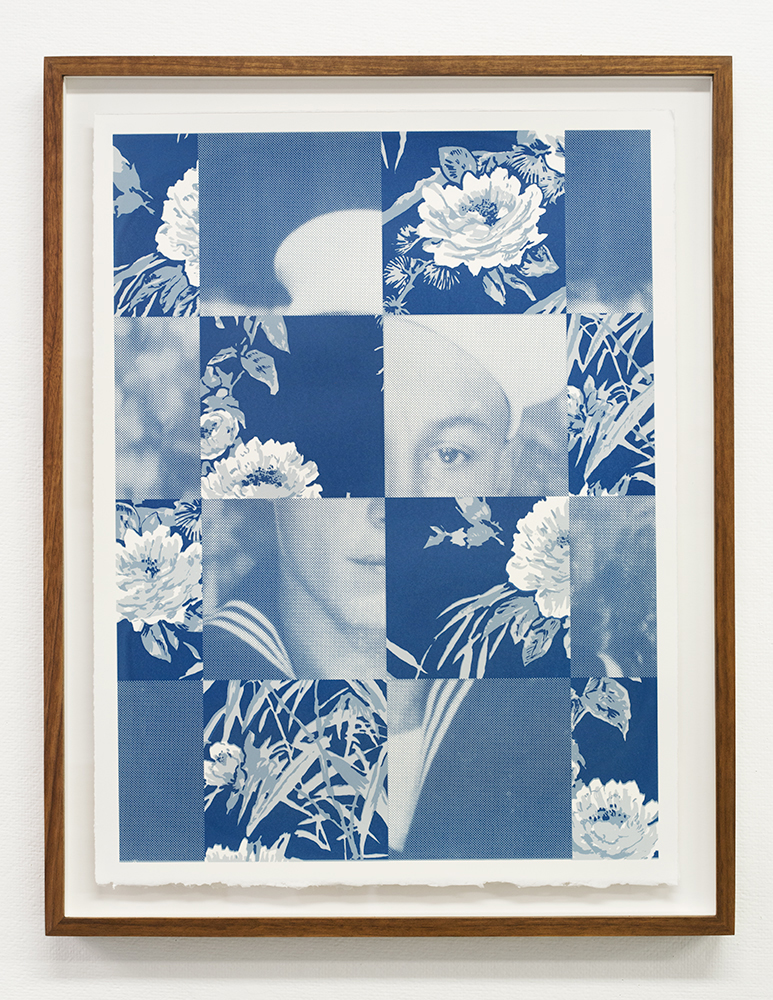
Masculine Decoy (November), from the series Masculine Decoys. © Ryan Arthurs, 2017.
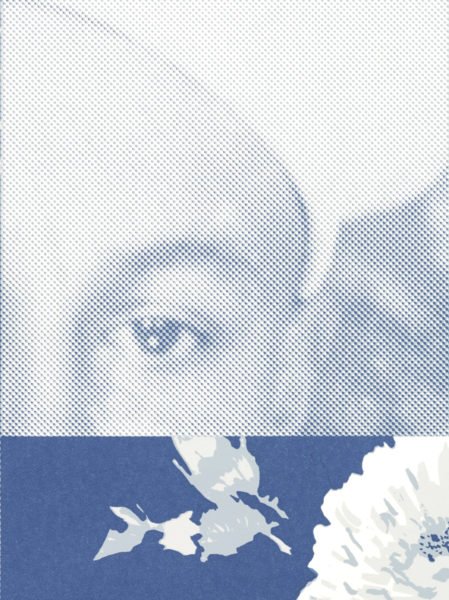
Masculine Decoy (November) [detail], from the series Masculine Decoys. © Ryan Arthurs, 2017.
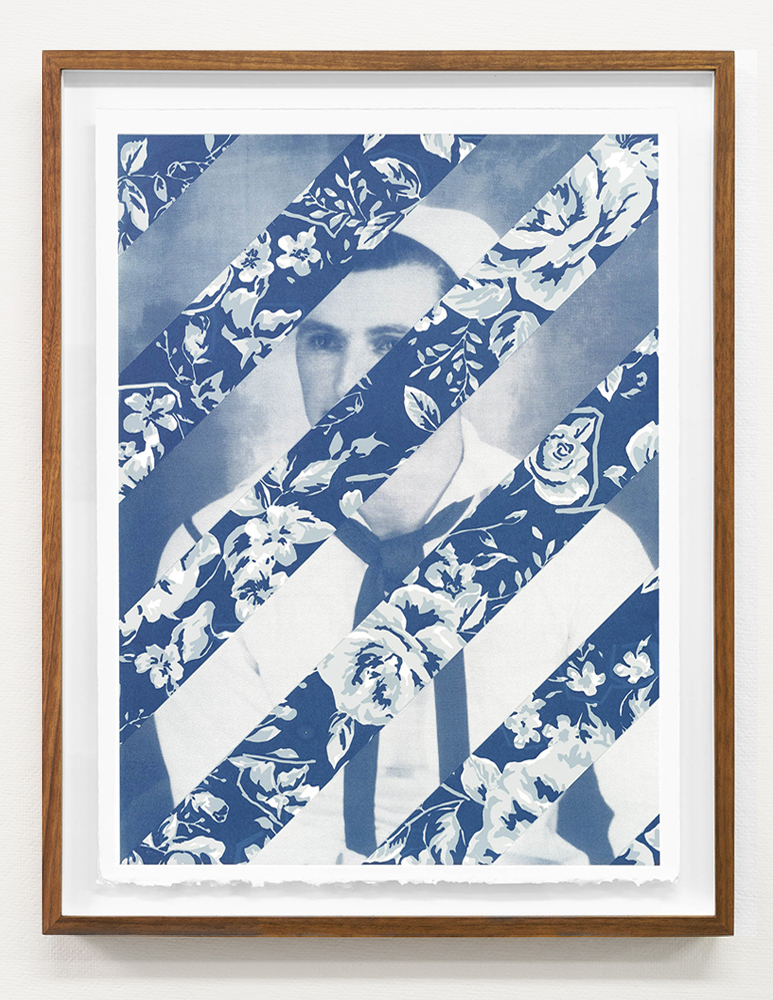
Masculine Decoy (Lima), from the series Masculine Decoys. © Ryan Arthurs, 2017.
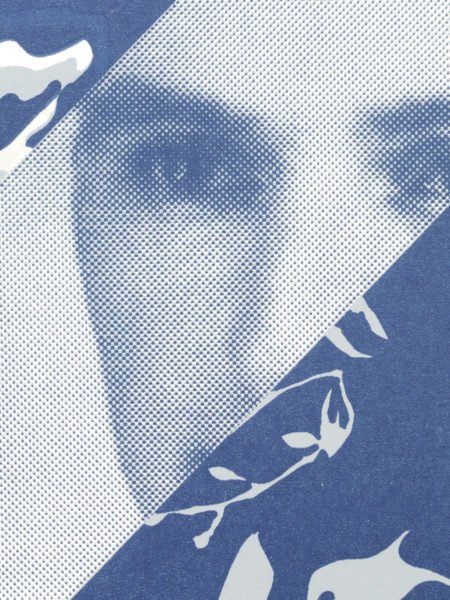
Masculine Decoy (Lima) [detail], from the series Masculine Decoys. © Ryan Arthurs, 2017.
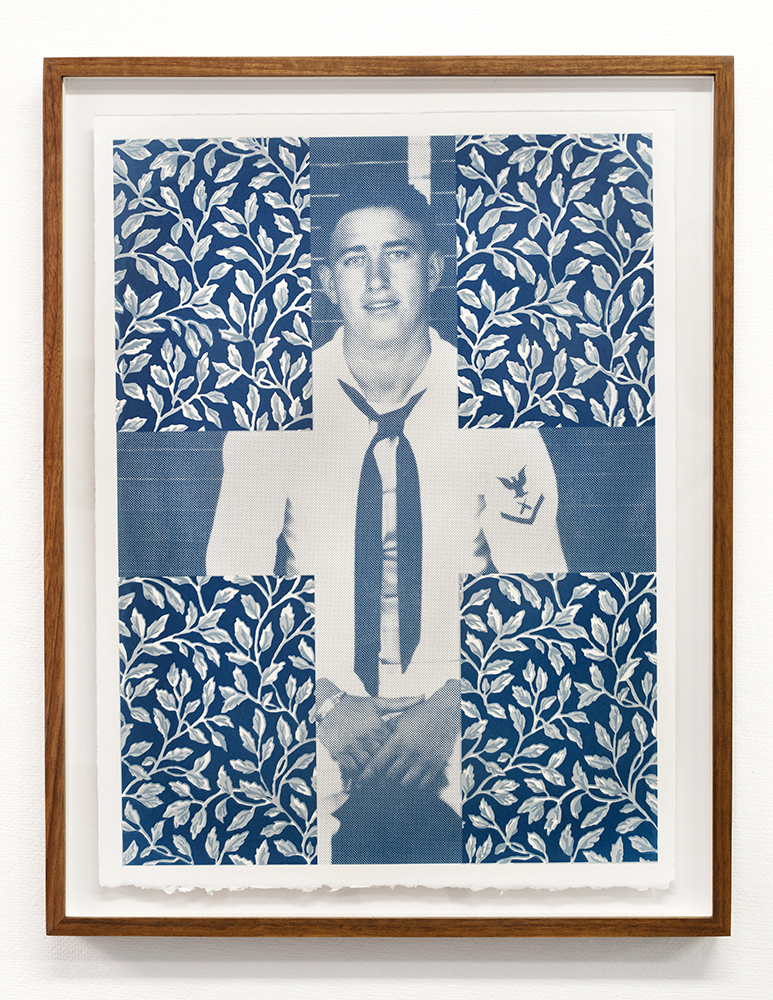
Masculine Decoy (Romeo), from the series Masculine Decoys. © Ryan Arthurs, 2017.
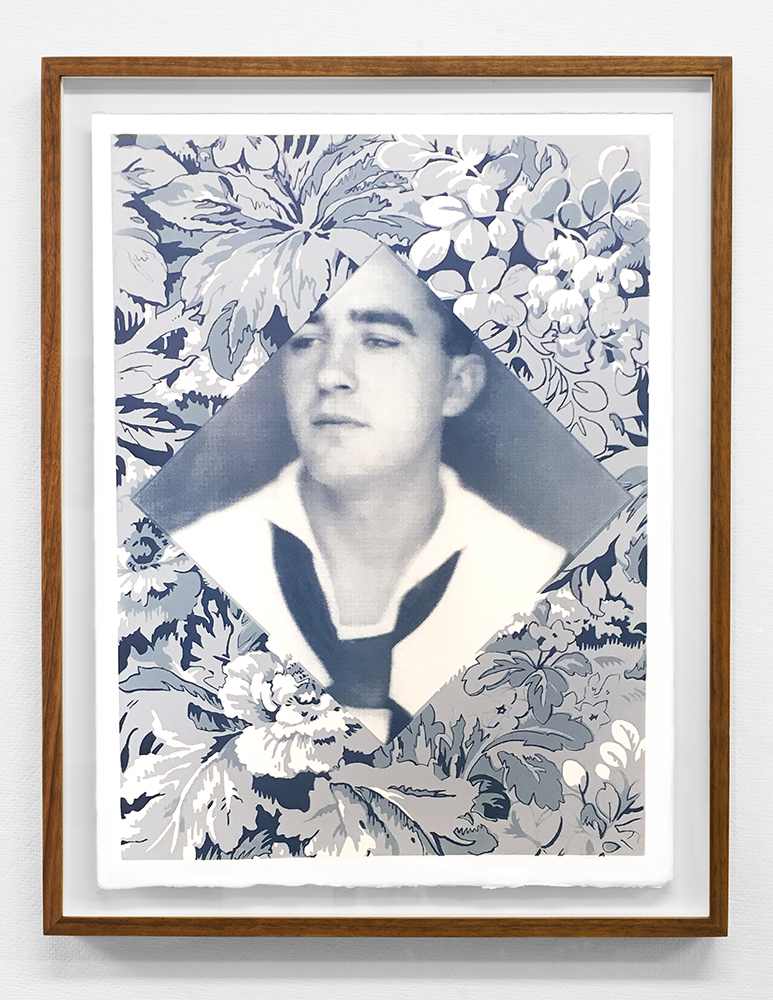
Masculine Decoy (Foxtrot), from the series Masculine Decoys. © Ryan Arthurs, 2017.
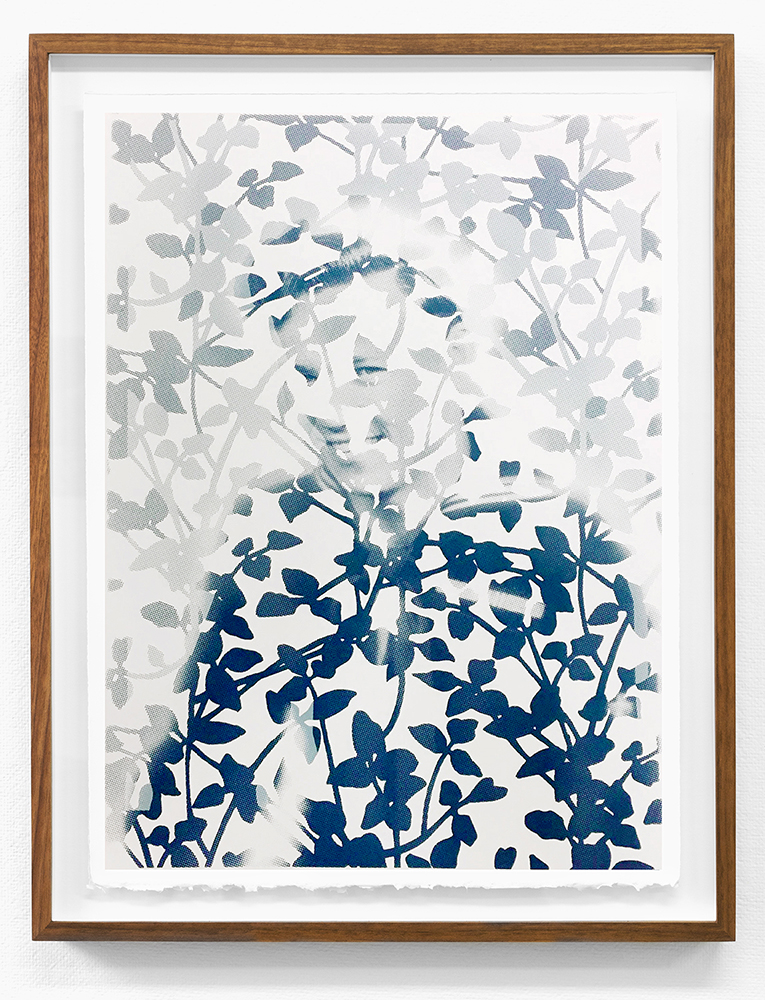
Masculine Decoy (Division), from the series Masculine Decoys. © Ryan Arthurs, 2017.
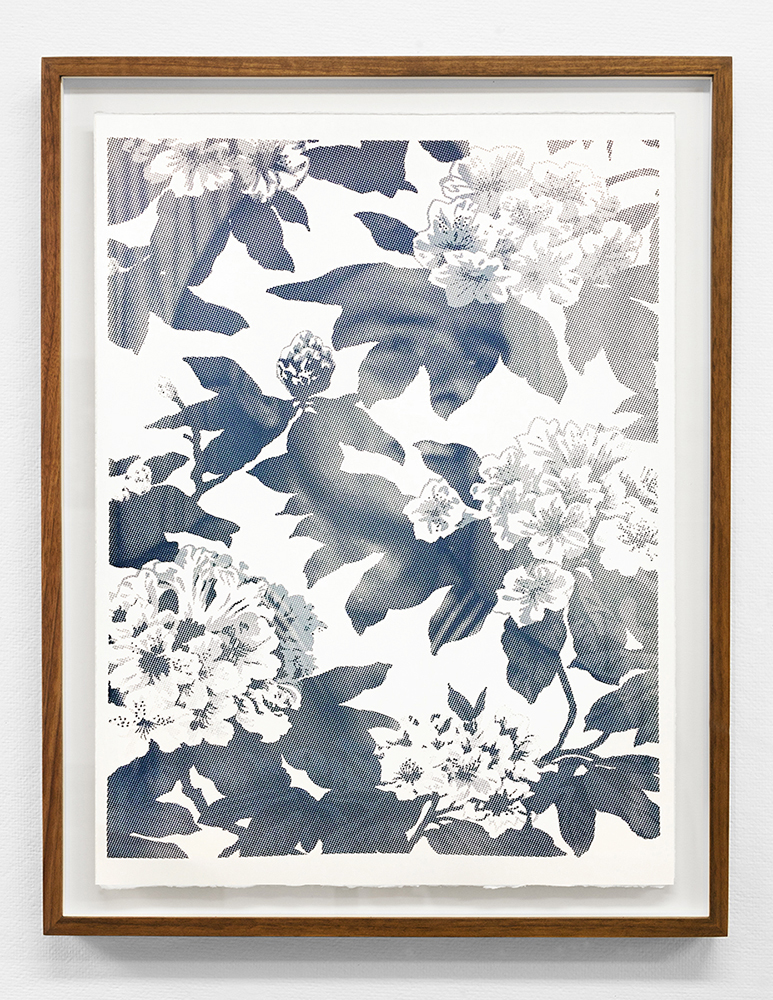
Masculine Decoy (Substitute), from the series Masculine Decoys. © Ryan Arthurs, 2017.
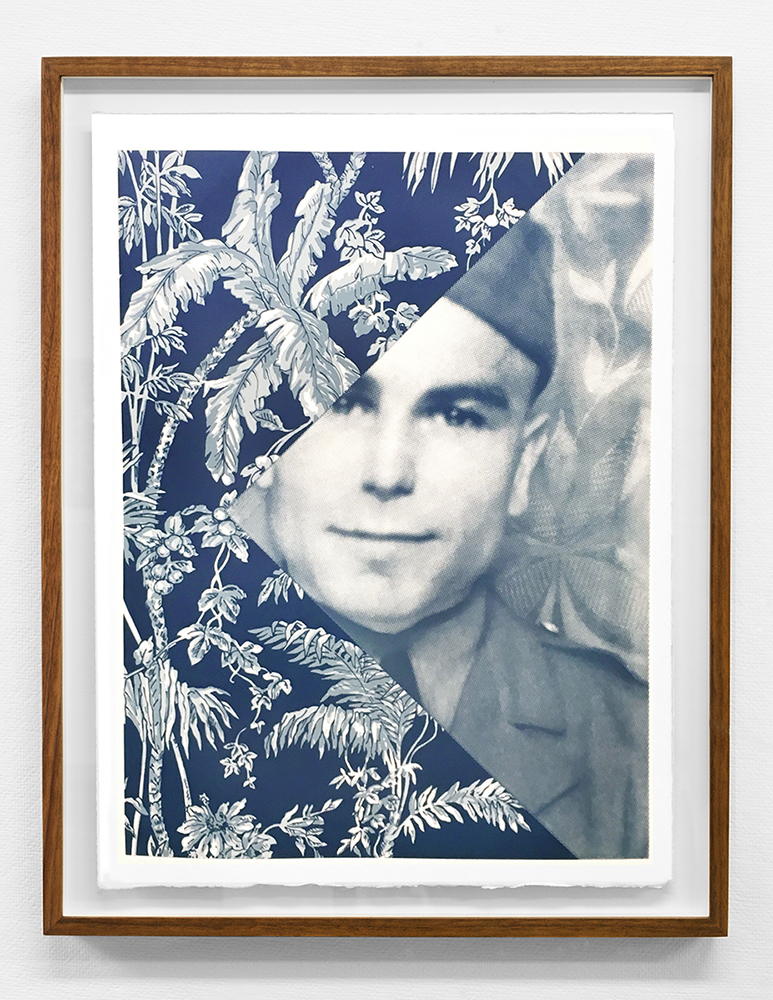
Masculine Decoy (Alfa), from the series Masculine Decoys. © Ryan Arthurs, 2017.
Bio
Ryan Arthurs is a visual artist living in Buffalo, New York. He received his M.F.A. in Photography from Massachusetts College of Art and Design in 2012 and a B.F.A. in Studio Art from Carleton College in 2005. Ryan was a printmaking artist-in-residence at Anderson Ranch Arts Center in Snowmass Village, Colorado, Fall 2017.
Prior to completing his studies, Ryan spent over five years working for contemporary art galleries in Sun Valley, Idaho and San Francisco, California. He managed vintage and contemporary photography collections for Gail Severn and Robert Koch Gallery, and assisted artists and photographers Deborah Oropallo, Olivier Laude, and Christina Seely with various projects. After completing his graduate degree Ryan continued working for artists, including fine art aerial photographer Alex MacLean, artist Steve Locke, and photographer Sharon Harper.
Ryan was a photography teaching assistant at Harvard University in the Visual and Environmental Studies department from 2013-2016 and has also taught photography classes at the Massachusetts College of Art and Design. He is also a founding member of Houseboat Press, a photography book publishing company that has exhibited both nationally and internationally.
___________________________
Stay connected with In the In-Between
